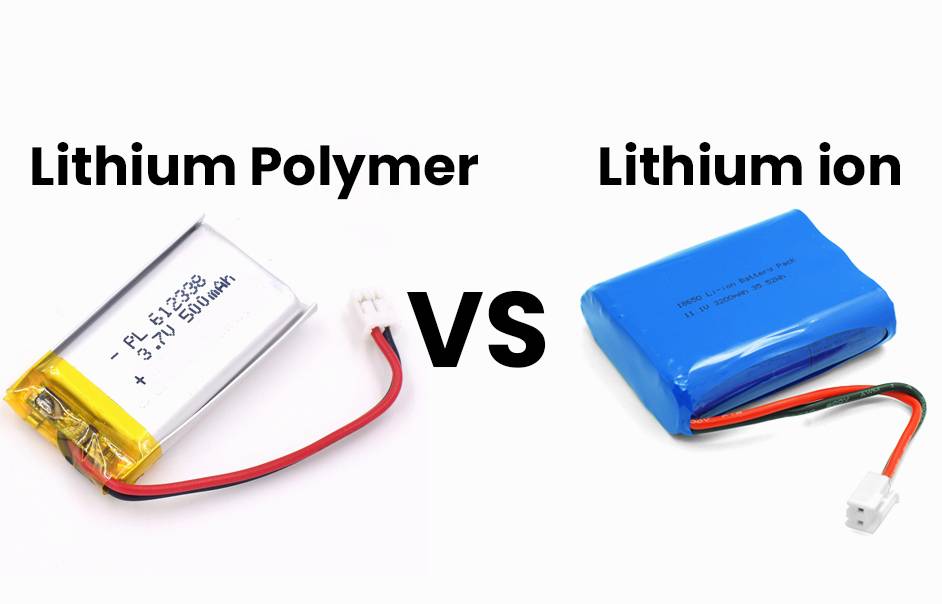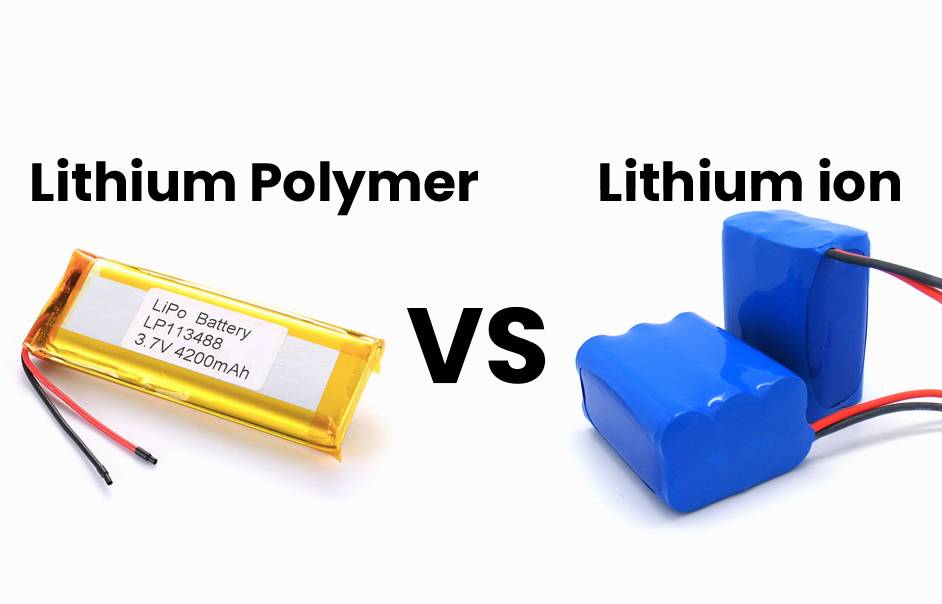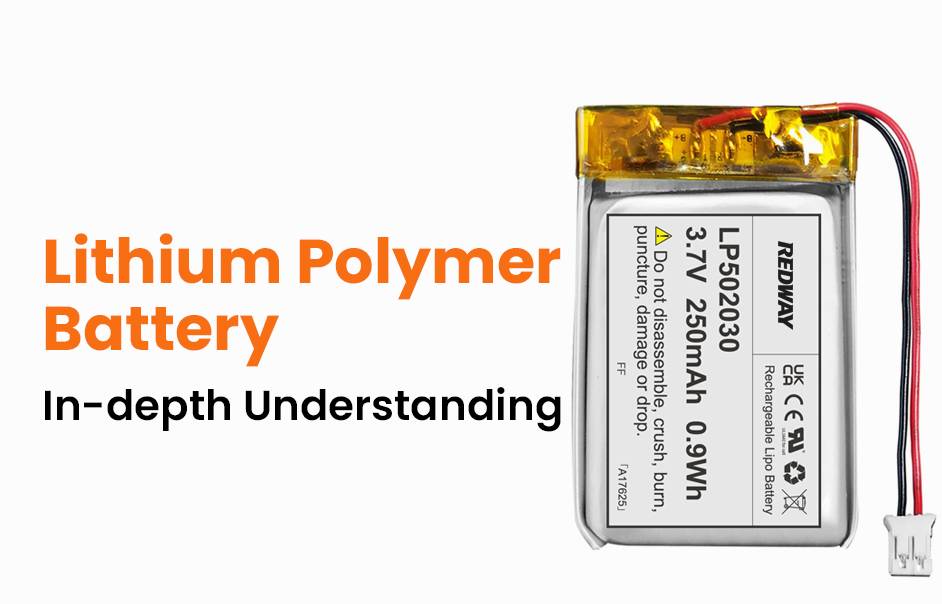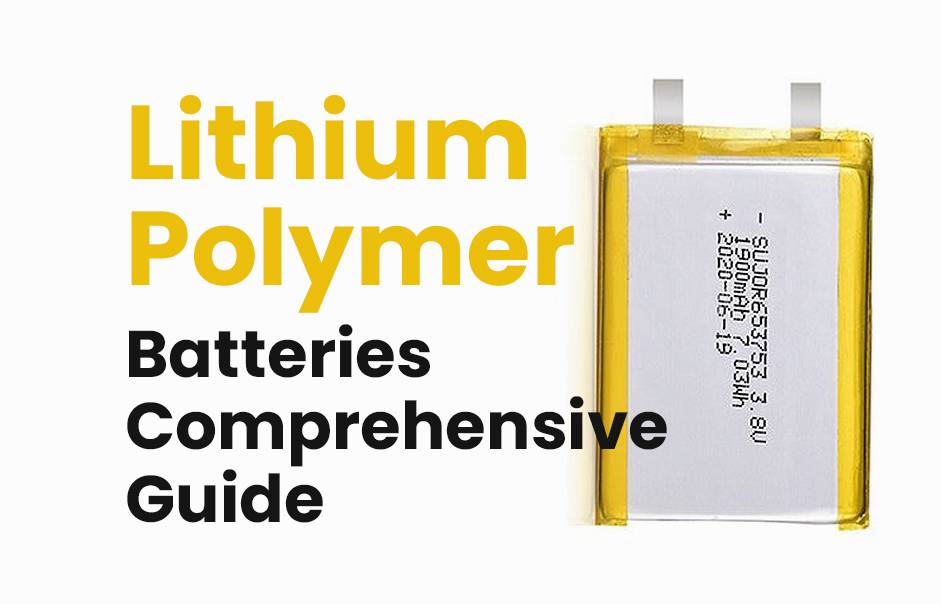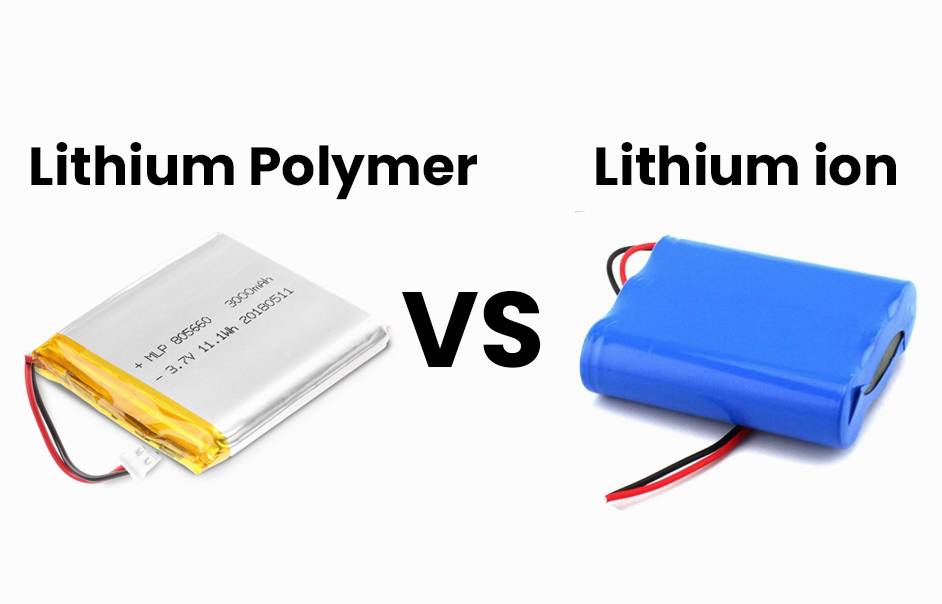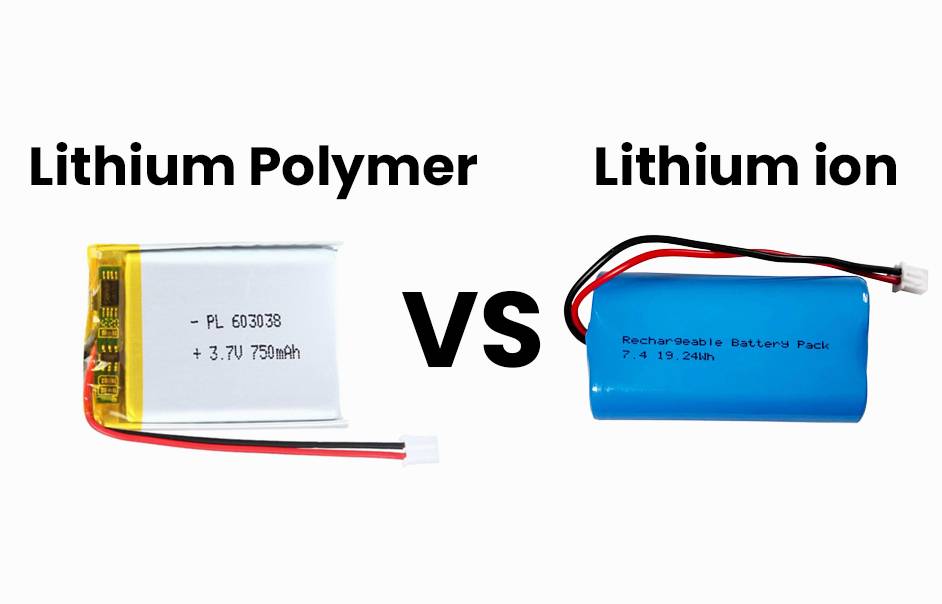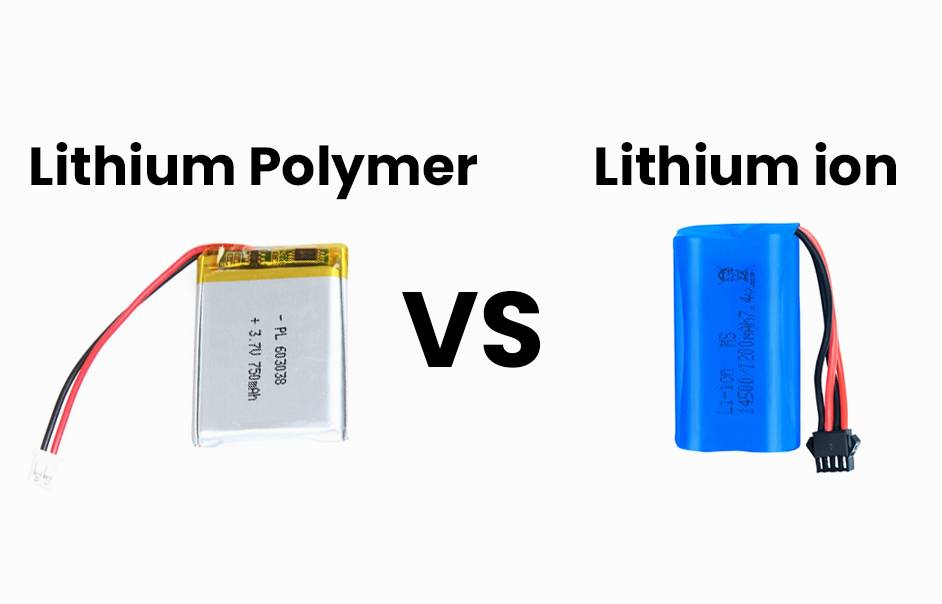- Forklift Lithium Battery
-
48V
- 48V 210Ah
- 48V 300Ah
- 48V 420Ah (949 x 349 x 569 mm)
- 48V 420Ah (950 x 421 x 450 mm)
- 48V 456Ah
- 48V 460Ah (830 x 630 x 590 mm)
- 48V 460Ah (950 x 421 x 450 mm)
- 48V 460Ah (800 x 630 x 600 mm)
- 48V 460Ah (820 x 660 x 470 mm)
- 48V 500Ah
- 48V 560Ah (810 x 630 x 600 mm)
- 48V 560Ah (950 x 592 x 450 mm)
- 48V 600Ah
- 48V 630Ah
-
48V
- Lithium Golf Cart Battery
- 12V Lithium Battery
12V 150Ah Lithium RV Battery
Bluetooth App | BCI Group 31
LiFePO4 Lithium
Discharge Temperature -20°C ~ 65°C
Fast Charger 14.6V 50A
Solar MPPT Charging - 24V Lithium Battery
- 36V Lithium Battery
- 48V Lithium Battery
-
48V LiFePO4 Battery
- 48V 50Ah
- 48V 50Ah (for Golf Carts)
- 48V 60Ah (8D)
- 48V 100Ah (8D)
- 48V 100Ah
- 48V 100Ah (Discharge 100A for Golf Carts)
- 48V 100Ah (Discharge 150A for Golf Carts)
- 48V 100Ah (Discharge 200A for Golf Carts)
- 48V 150Ah (for Golf Carts)
- 48V 160Ah (Discharge 100A for Golf Carts)
- 48V 160Ah (Discharge 160A for Golf Carts)
-
48V LiFePO4 Battery
- 60V Lithium Battery
-
60V LiFePO4 Battery
- 60V 20Ah
- 60V 30Ah
- 60V 50Ah
- 60V 50Ah (Small Size / Side Terminal)
- 60V 100Ah (for Electric Motocycle, Electric Scooter, LSV, AGV)
- 60V 100Ah (for Forklift, AGV, Electric Scooter, Sweeper)
- 60V 150Ah (E-Motocycle / E-Scooter / E-Tricycle / Tour LSV)
- 60V 200Ah (for Forklift, AGV, Electric Scooter, Sweeper)
-
60V LiFePO4 Battery
- 72V~96V Lithium Battery
- Rack-mounted Lithium Battery
- E-Bike Battery
- All-in-One Home-ESS
- Wall-mount Battery ESS
-
Home-ESS Lithium Battery PowerWall
- 24V 100Ah 2.4kWh PW24100-S PowerWall
- 48V 50Ah 2.4kWh PW4850-S PowerWall
- 48V 50Ah 2.56kWh PW5150-S PowerWall
- 48V 100Ah 5.12kWh PW51100-F PowerWall (IP65)
- 48V 100Ah 5.12kWh PW51100-S PowerWall
- 48V 100Ah 5.12kWh PW51100-H PowerWall
- 48V 200Ah 10kWh PW51200-H PowerWall
- 48V 300Ah 15kWh PW51300-H PowerWall
PowerWall 51.2V 100Ah LiFePO4 Lithium Battery
Highly popular in Asia and Eastern Europe.
CE Certification | Home-ESS -
Home-ESS Lithium Battery PowerWall
- Portable Power Stations
Lithium Polymer Battery, All You Need to Know
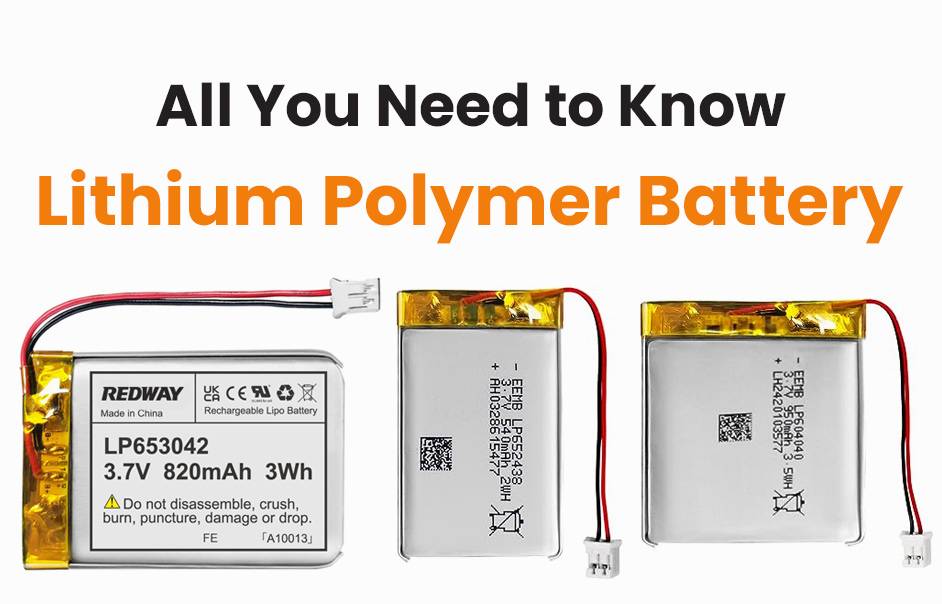
Explore the world of lithium polymer batteries in this comprehensive blog post. Whether you’re an electronics enthusiast or seeking a reliable power source, this guide covers the advantages, types, applications, handling tips, and debunks common myths. Gain valuable knowledge to empower your understanding of this advanced technology and enhance your device experience. Let the exploration begin!
Advantages and Disadvantages of Lithium Polymer Battery
Lithium polymer batteries have become increasingly popular, thanks to their distinct advantages:
- High Energy Density: These batteries excel in storing more power within a compact, lightweight structure, making them perfect for on-the-go electronic devices.
- Flexibility in Design: In contrast to conventional lithium-ion batteries, lithium polymer batteries offer design flexibility, allowing the creation of sleek, compact devices without compromising performance.
- Efficient Power Management: With a low self-discharge rate and high discharge capability, these batteries retain their charge for extended periods and can swiftly deliver power when needed.
However, it’s crucial to acknowledge their drawbacks:
- Temperature Sensitivity: Lithium polymer batteries are sensitive to temperature extremes, risking electrolyte breakdown and even thermal runaway in high temperatures, posing a fire hazard.
- Limited Lifespan: Despite their higher energy density, these batteries tend to have a shorter overall lifespan compared to some rechargeable alternatives, gradually losing capacity over repeated charging cycles.
Despite these considerations, the benefits position lithium polymer batteries as a preferred choice for applications prioritizing lightweight design and robust energy storage. Users should adhere to proper guidelines for charging and storage to ensure longevity while minimizing potential risks.
Types of Lithium Polymer Batteries
When delving into the realm of lithium polymer batteries, it becomes evident that various types cater to specific needs and applications. Let’s explore them:
- High Capacity Lithium Polymer Batteries: Known for their energy storage prowess, these batteries are perfect for power-hungry devices like smartphones and tablets, ensuring prolonged usage.
- Ultra-Thin Lithium Polymer Batteries: Designed to be exceptionally slim and lightweight, these batteries find their niche in sleek electronic devices such as smartwatches and fitness trackers.
- High Discharge Rate Lithium Polymer Batteries: If you require a battery with the capability of delivering a high current output, this type is the go-to choice, commonly utilized in high-performance gadgets like RC drones.
- Low Temperature Lithium Polymer Batteries: Engineered to perform reliably in frigid conditions, these batteries are essential for outdoor equipment like GPS devices or cameras used in freezing temperatures.
- Flexible Lithium Polymer Batteries: Boasting a flexible design, these batteries can be bent or shaped to fit the requirements of the device they power, finding applications in wearable technology and curved displays on smartphones.
It’s crucial to note that each type comes with its own set of specifications and limitations regarding voltage range, capacity, and discharge rate. Choosing the right type depends on your specific needs and intended applications!
Applications of Lithium Polymer Batteries
Embarking on a journey through the applications of lithium polymer batteries reveals their remarkable versatility across diverse fields:
- Consumer Electronics: Lithium polymer batteries power an array of portable gadgets, including smartphones, tablets, smartwatches, and wireless headphones, ensuring efficient and enduring performance in our daily tech companions.
- Automotive Advancements: The automotive industry benefits from the high energy density and lightweight nature of lithium polymer batteries, contributing to the efficiency and reliability of electric vehicles with extended driving ranges.
- Aerial Excellence: In the realm of drones, these batteries play a pivotal role, offering the ideal combination of high energy density, low self-discharge rate, and compact size. This makes them indispensable for powering drones during aerial photography and recreational flights.
- Medical Marvels: Critical medical devices such as pacemakers and insulin pumps leverage lithium polymer batteries for their long-lasting performance and compact form factor, ensuring continuous operation in vital health monitoring equipment.
- Renewable Energy Storage: Lithium polymer battery technology supports renewable energy systems like solar-powered storage units. By storing excess solar energy during peak production, these batteries maximize overall efficiency, reducing reliance on traditional grid-based electricity during limited sunlight.
As technological advancements surge forward, the versatility of lithium polymer batteries continues to shine, offering reliable portable power solutions across various industries without compromising safety, performance, or longevity.
How to Properly Handle and Store Lithium Polymer Batteries
Delving into the world of lithium polymer batteries unveils crucial tips for optimal handling and storage, ensuring both longevity and safety:
- Handle with Precision: Exercise caution when handling lithium polymer batteries. Avoid drops, exposure to extreme temperatures, and any form of physical damage, as these can lead to leakage or fire hazards.
- Strategic Storage: Choose a cool, dry storage space away from direct sunlight and heat sources for your lithium polymer batteries. Additionally, steer clear of storing them near flammable materials to mitigate potential risks.
- Charging Caution: Never leave your lithium polymer battery unattended during the charging process. Utilize a charger specifically designed for these batteries, strictly adhering to the manufacturer’s instructions for a secure charging experience.
- Mindful Long-Term Storage: If you anticipate not using your lithium polymer battery for an extended period, store it at approximately 50% charge. This precautionary measure helps prevent over-discharging, safeguarding the battery from irreversible damage.
By embracing these simple yet vital guidelines, you empower yourself to extend the lifespan of your lithium polymer battery while prioritizing its safe and efficient usage.
Common Myths About Lithium Polymer Batteries
Embarking on a journey to demystify common misconceptions surrounding lithium polymer batteries reveals essential insights for users:
- Myth: Explosive Tendencies
- Fact: While mishandling can pose risks, lithium polymer batteries are generally safe when used and stored correctly. Instances of explosions are exceptionally rare.
- Myth: Complete Discharge for Recharging
- Fact: Unlike older batteries, lithium polymer batteries don’t require full discharge. Recharging around 20-30% battery level is recommended for optimal lifespan.
- Myth: Overnight Charging Damage
- Fact: Modern devices with lithium polymer batteries feature built-in safeguards against overcharging, dispelling concerns about damage from overnight charging.
- Myth: Partial Charge Storage Harmful
- Fact: Storing lithium polymer batteries at 40-60% charge enhances longevity, countering the myth that partial charge storage is detrimental.
Understanding these truths empowers users to make informed decisions, ensuring the safe and efficient use of devices powered by lithium polymer batteries.
Tips for Maximizing the Lifespan of Your Lithium Polymer Battery
Unlock the secrets to extending the lifespan of your lithium polymer battery with these key practices:
- Avoid Temperature Extremes
- Tip: Shield your battery from extreme temperatures, as both high heat and freezing conditions can harm its performance and longevity. Keep your device away from direct sunlight and harsh climate conditions.
- Charge Wisely
- Tip: Maximize battery life by avoiding complete drains and overcharging. Opt for regular partial charges over full cycles and adopt smart charging habits for optimal performance.
- Choose the Right Charger
- Tip: Safeguard your battery by using a charger specifically designed for lithium polymer batteries, ensuring compatibility with your device’s voltage requirements to prevent damage and safety risks.
- Proper Storage Practices
- Tip: When storing devices with lithium polymer batteries for an extended period, maintain them at around 50% charge in a cool, dry location. This helps prevent self-discharge and preserves battery condition.
- Maintain Clean Connections
- Tip: Ensure efficient power transfer by regularly cleaning the contacts between the battery and device. Use a soft cloth or cotton swab with rubbing alcohol for optimal connectivity.
- Activate Power-Saving Modes
- Tip: Enhance battery life by enabling power-saving features on your devices, minimizing unnecessary energy consumption through adjustments like limiting background processes and reducing screen brightness.
- Handle With Gentle Care
- Tip: Protect battery longevity by handling devices gently, avoiding physical damage from drops, shocks, or excessive vibrations.
By incorporating these practices, you can prolong the lifespan of your lithium polymer battery, ensuring sustained and efficient performance.
Conclusion
Explore the world of lithium polymer batteries with insights into their advantages, types, applications, and handling tips. Bust common myths and learn to maximize battery lifespan. While these batteries offer high energy density and flexibility, cautious handling is crucial due to sensitivity to temperature extremes. Follow guidelines for proper charging, storage, and maintenance to ensure longevity and safety. Embrace this advanced technology confidently, equipped with knowledge for efficient and secure usage.














